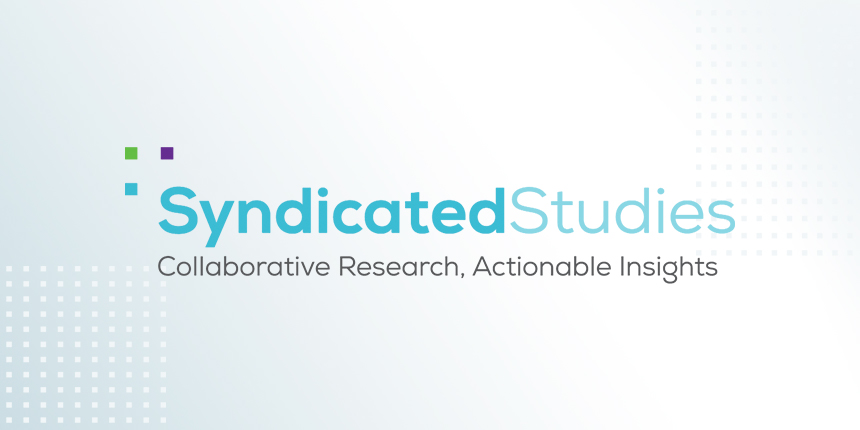More than a Third of Adult Americans Are Unwilling or Unsure about Taking a COVID-19 Vaccine
Sixteenth Annual Consumer Engagement in Health Care Survey (CEHCS) Highlights Views on COVID-19 Vaccinations & Behavioral Differences Between HDHP Enrollees & Traditional Plan Enrollees
Washington, DC, December 10, 2020 – The Employee Benefit Research Institute (EBRI), a private, nonpartisan, nonprofit research group, and independent research firm Greenwald Research (Greenwald) released their annual Consumer Engagement in Health Care Survey (CEHCS) aimed at examining consumer engagement in health care and health insurance decisions.
Now in its sixteenth year, the CEHCS provides reliable national data on the growth of consumer-driven health plans (CDHPs) and high-deductible health plans (HDHPs) and their impact on health care consumers’ behavior and attitudes. This year’s study offers valuable new findings on the effects of the COVID-19 pandemic, including consumer outlook data on telemedicine, the coronavirus vaccine, and health care plan enrollment.
The COVID-19 Vaccine: Who Will Take It & Who Should Pay for It?
The COVID-19 vaccine is on its way, and the 2020 Consumer Engagement in Health Care Survey shares an interesting overview of where Americans stand on receiving and paying for the vaccine when it becomes available.
The CEHCS found that only 55 percent of the adult population is willing to receive a COVID-19 vaccine, and 24 percent, or nearly a quarter of those surveyed, said they would not get the vaccine. Nine percent say it depends, and 12 percent are still unsure about their vaccination decision.
When it comes to paying for the vaccine, 89 percent of survey respondents indicated they strongly or somewhat felt that their insurance company should cover the vaccine’s full cost. Yet 50 percent strongly or somewhat felt they would be willing to pay $100 or less for the vaccine, and 28 percent were willing to pay more than $100.
“The American public is clearly conflicted about taking a COVID-19 vaccine, but not about who should pay for it,” said Paul Fronstin, director of EBRI’s health research program and co-author of the report. “It does appear that those who are committed to taking the vaccine are willing to pay up to $100 for it, even if they feel the responsibility should lie elsewhere.”
The Impact on Health Care Access During COVID-19
COVID-19 has largely impacted consumers’ ability to access health care. One in five Americans surveyed delayed a medical procedure as a result of the COVID-19 pandemic. Many expect delayed health care to be rescheduled later in 2020 or 2021.
The survey also showed consumers’ growing interest in increasing access to care through telemedicine. Over three in ten respondents gave a high rating to the importance of having telemedicine as an option for medical care in certain situations. Still, six in ten have not had a telemedicine visit in 2020. Among those that had at least one telemedicine visit this year, 67 percent, or two-thirds, had a telemedicine visit with a doctor they had seen before.
“While telemedicine is often mentioned as a way of easing access to health care, most people are using it with a doctor they have an ongoing relationship with,” said Edna Vasquez-Dretzka, Managing Director at Greenwald Research . “It will be interesting to see how telemedicine use during the pandemic will impact its post-pandemic use.”
The Accelerated CDHP & HDHP Enrollment in 2020
Traditional plan enrollees are much less likely to be familiar with consumer-driven health plans. Just 47 percent of traditional plan enrollees are at least somewhat familiar with consumer-driven plans, compared to the 74 percent of Americans enrolled in HDHPs.
One in five traditional plan owners with a choice of plans have the option for an HDH or CDHP. While most people making health care insurance enrollment decisions are concerned about having access to a good network of doctors and hospitals and easy access to health care and prescription drug coverage, there are differences between those who ultimately choose traditional plans and HDHPs. Enrollees in traditional health plans value low out-of-pocket costs, while HDHP enrollees value lower premiums.
Among consumers with HSAs, 69 percent use their accounts to pay for current expenses, and 67 percent of account holders view their HSA account as a savings account. Four in ten report they would be more likely to accumulate and invest unused funds if provided with an annual review of their HSA balance.
Consumers enrolled in an HDHP were 16 percent more likely than those with traditional coverage to say that they had checked whether the plan would cover care or medication. HDHP enrollees are more likely to review the quality rating of a doctor or hospital before receiving care; verify the price of a doctor’s visit, medication, or other service before receiving care; talk to their doctor about other treatment options and costs; talk to their doctor about prescription options and costs; use an online cost-tracking tool provided by the health plan; develop a budget to manage health care expenses; or decline a medical procedure because of costs.
Prescription drug use data from the CEHCS revealed that those in an HDHP were also more likely than those with traditional coverage to request a generic drug instead of a brand name or ask their doctor to recommend a less costly prescription drug.
“It is clear that HDHP enrollees value low premiums over low out-of-pocket costs, while traditional plan enrollees value low out-of-pocket costs over low premiums,” said Fronstin. “Therefore it’s not surprising that traditional plan and HDHP enrollees behave differently when it comes to their health care.”
More information about the Consumer Engagement in Health Care Survey can be found at www.ebri.org.
About the Consumer Engagement in Health Care Survey The 2020 survey of 2,032 individuals was conducted online using Dynata/ResearchNow’s online research panel between July 28 and September 11, 2020. All respondents were between the ages of 21 and 64. The national sample is weighted by gender, age, income, ethnicity, education and region to reflect the actual proportions in the population. The CDHP and HDHP samples are weighted by gender, age, income, and ethnicity. The survey was underwritten by Blue Cross and Blue Shield Association, Conduent HR, HealthEquity, Inc., National Rural Electric Cooperative Association, Prudential Financial, Segal, TIAA, UMB Financial and Voya.
About EBRI The Employee Benefit Research Institute is a private, nonpartisan, nonprofit research institute based in Washington, DC, that focuses on health, savings, retirement, and financial security issues. EBRI does not lobby and does not take policy positions. The work of EBRI is made possible by funding from its members and sponsors, who include a broad range of public, private, for-profit, and nonprofit organizations. For more information, go to ebri.org.
About Greenwald Research Greenwald Research is a leading independent custom research firm and consulting partner to the health and wealth industries that applies creative quantitative and qualitative methods to help companies stay competitive and navigate industry change. Leveraging deep subject matter expertise and a consultative approach, Greenwald offers comprehensive services to answer strategic business questions. For more information, go to greenwaldresearch.com.
Contact:
Betsy Jaffe Director, Marketing and Public Relations
Employee Benefit Research Institute
202.775.6347








